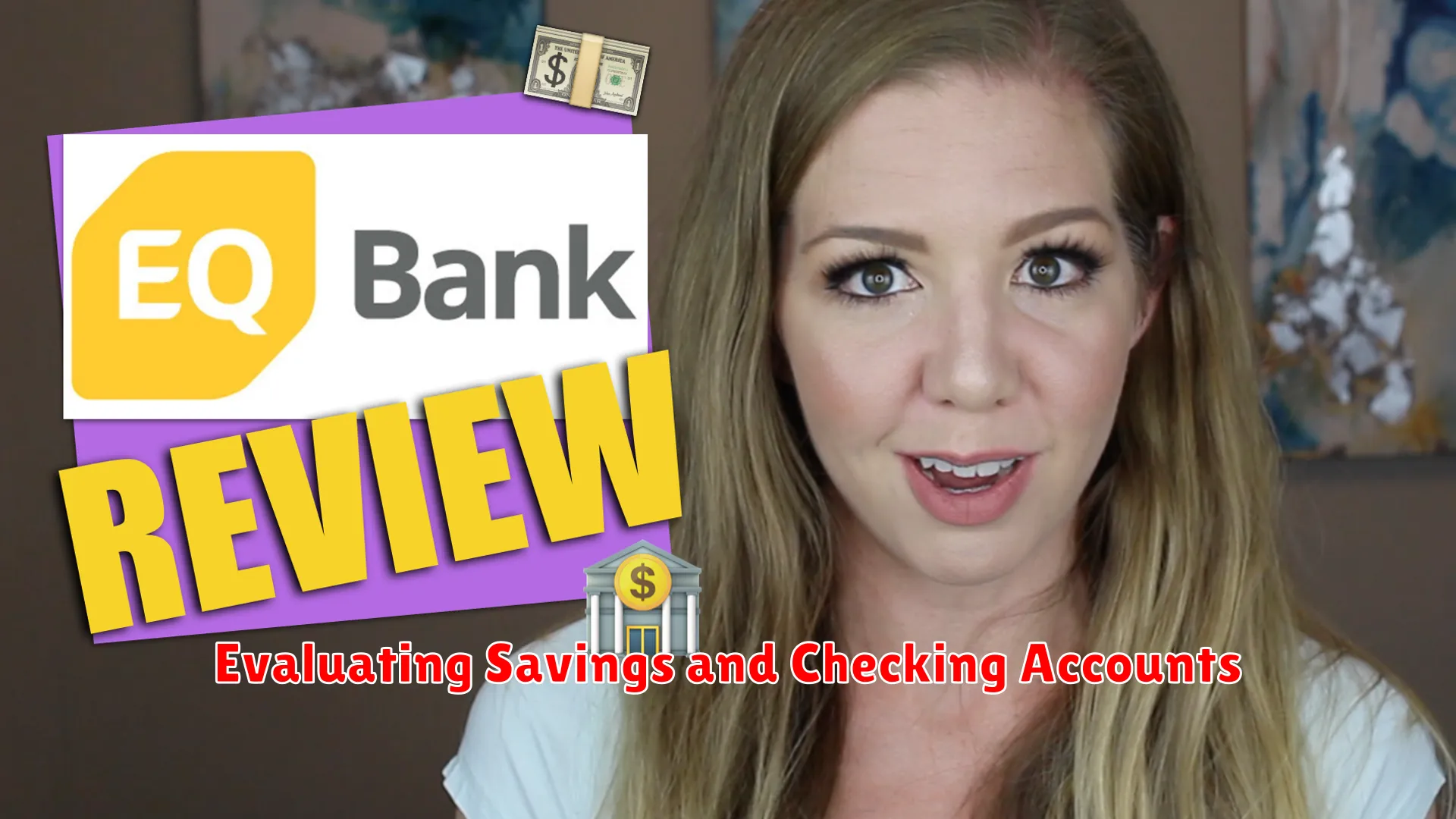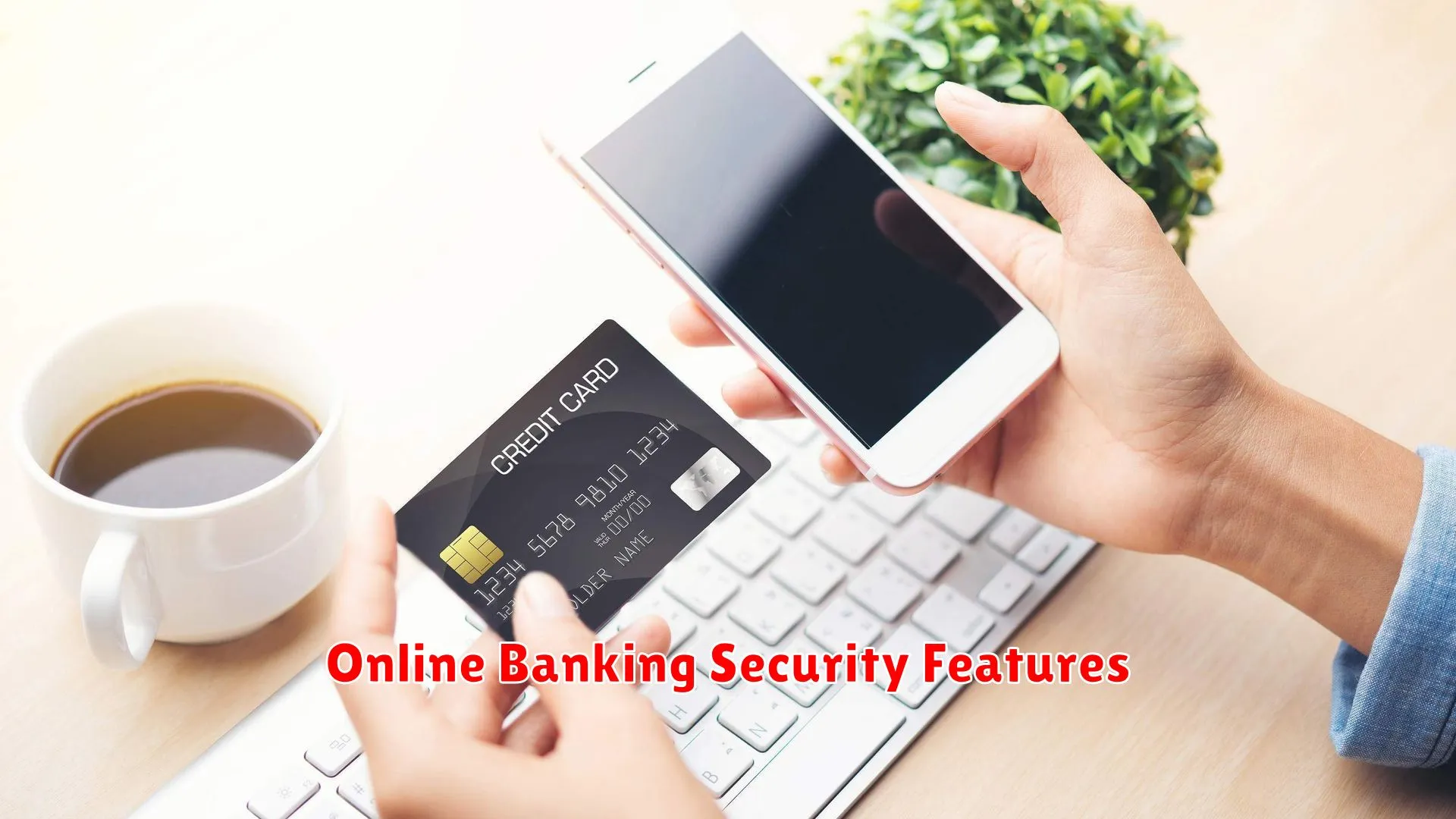In today’s fast-paced world, making smart financial decisions is crucial. This comprehensive guide will help you navigate the sea of banking options and choose the best bank to maximize your savings and financial security.
Fee Structures and How to Avoid Them

When selecting a bank for your savings, it’s crucial to understand the fee structures they offer. Banks often charge various fees that can eat into your savings if you’re not careful. Here are some common fees and tips on how to avoid them:
1. Monthly Maintenance Fees
Many banks charge a monthly maintenance fee for keeping an account open. To avoid this fee, look for banks that offer fee waivers if you meet certain criteria such as maintaining a minimum balance or setting up direct deposits.
2. ATM Fees
ATM fees can add up quickly, especially if you frequently use ATMs outside of your bank’s network. To avoid these fees, choose a bank that has a wide ATM network or reimburses ATM fees incurred at other banks.
3. Overdraft Fees
Overdraft fees are charged when you spend more money than you have in your account. To avoid these fees, opt out of overdraft protection or link your savings account to cover any overdrafts.
4. Transaction Fees
Some banks charge transaction fees for services like wire transfers or cashier’s checks. To avoid these fees, consider using online banking services or exploring banks that offer these services for free.
By understanding the fee structures of different banks and being mindful of your banking habits, you can save money and make the most of your savings account.
Evaluating Savings and Checking Accounts

When it comes to choosing a bank, one of the most important decisions you’ll make is selecting the right savings and checking accounts. Evaluating these accounts thoroughly is crucial for managing your finances effectively and maximizing your savings. Here are key factors to consider:
Interest Rates
Compare the interest rates offered on savings and checking accounts from different banks. Higher interest rates can help your savings grow faster over time, while competitive checking account interest rates can earn you more on your deposits.
Fees and Minimum Balance Requirements
Check for any monthly maintenance fees or minimum balance requirements associated with the accounts. Opt for accounts with low or no fees to avoid unnecessary charges that could eat into your savings.
Access and Convenience
Consider the bank’s ATM network, online banking services, and mobile app functionalities. Choose a bank that offers convenient access to your accounts, making it easier for you to manage your finances on the go.
Customer Service
Look for a bank that provides excellent customer service. Responsive support and assistance can make a big difference when you have questions or need help with your accounts.
Additional Features
Some banks offer additional features like overdraft protection, automatic savings programs, or financial planning tools. Consider these extras to enhance your banking experience and financial management.
Online Banking Security Features

When selecting a bank to entrust your hard-earned money with, it is crucial to consider the online banking security features they offer. Protecting your financial information in the digital age is paramount. Here are some key security features to look for:
1. Multi-Factor Authentication (MFA)
Ensure the bank implements MFA, requiring more than just a password for access. This could involve entering a code sent to your phone or answering a security question in addition to providing login credentials.
2. Encryption
Check if the bank uses SSL encryption to secure communication between your browser and their website. Look for “https://” at the beginning of the web address to ensure a secure connection.
3. Account Alerts
Opt-in for account alerts that notify you of any suspicious activity, such as large withdrawals or login attempts from unknown devices. These alerts can help you stay on top of your account security.
4. Biometric Authentication
Consider banks that offer biometric authentication options, such as fingerprint or facial recognition, to add an extra layer of security to your online transactions.
By prioritizing these online banking security features when choosing a bank, you can ensure that your financial information remains protected and secure in today’s digital landscape.
Conclusion
In conclusion, selecting the right bank is crucial for smart savings. Consider factors such as fees, interest rates, convenience, and customer service to make an informed choice.




